.@philsimon on the relationship between metadata and unstructured data.
Tag: metadata
‘Tis the season. While the season means different things to different people, its most common theme is people buying things for people. Things that become presents when they are covered in wrapping paper. Two retailers have been running television commercial campaigns this season about how presents are wrapped. One campaign
Data. It's everywhere. It can reside in many places through replication, accessibility needs or infrastructure costs. For reporting, that same data can be structurally changed (denormalized or aggregated) into additional reporting and analytic data repositories. Over time, new sources of enrichment of that data become available through traditional data sources
Data. Our industry really loves that word, making it seem like the whole world revolves around it. We certainly enjoy revolving a lot of words around it. We put words like master, big, and meta before it, and words like management, quality, and governance after it. This spins out disciplines

Recently, as I was driving in listening to National Public Radio (NPR), the topic of conversation was Edward Snowden and the National Security Agency (NSA), again. If you’ve been listening to any of this coverage, it seems the news media has a new catch word “metadata” that they are throwing
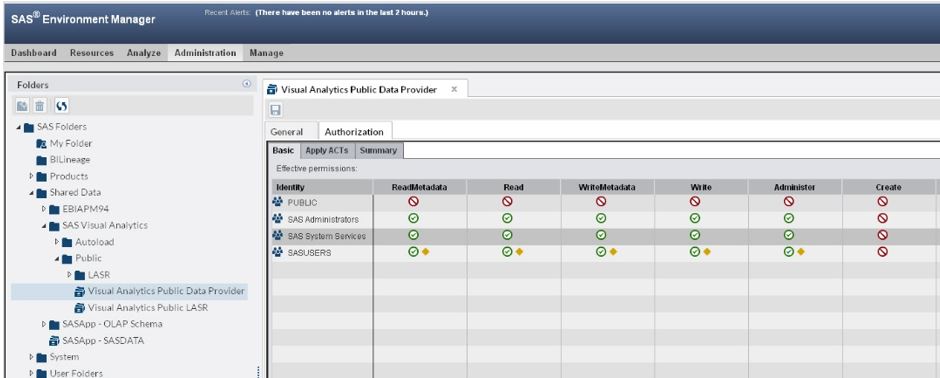
SAS Environment Manager 2.1 (which was released with SAS 9.4 M1), has new features to make it easier to manage your SAS environment. For example, it now supports metadata clusters, and it has an improved method for handling access to the application. But the biggest change is in metadata access.

In November, I resumed the “it’s all about the data” series, laying a foundation for helping SAS administrators understand how SAS stores and manages data for use in business intelligence and analytic applications. For this article, I culled our internal Thotwave knowledge base and queried our consultants who get questions
In my previous post, I used a game show metaphor for one aspect of metadata management, namely making sure table definitions are not ambiguously labeled. In this post, I will use name tags as a metaphor to discuss an important intersection of metadata management and master data management (MDM), an
The second part of my data governance primer series addresses ways to "mind your metadata." I can just hear the collective groans, and perhaps a stifled yawn. Sorry, but metadata collection is one of those necessary evils that may not be fun, but having it available as a resource to

Over the past few releases, SAS has offered high availability for servers through various failover techniques. So I’ve been wondering how metadata clustering differs and why does SAS 9.4 provide it. The “why” is an easy question to answer. Today’s SAS software is used in a wide array of business-critical applications

Based on my previous posts, we are almost done with the basics of SAS libraries and how the various clients can access them. Before we leave this topic and go onto third-party database engines, I wanted to spend a few minutes talking about some best practices for making sure that
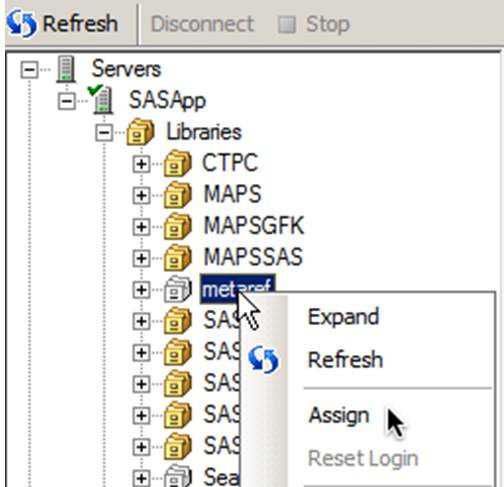
As we have seen my previous post "Seeing SAS data through metadata", there is a fundamental difference between accessing a SAS library using a physical reference or a metadata reference to that library. By now, you should now be an expert on the nuances of physical references to SAS data
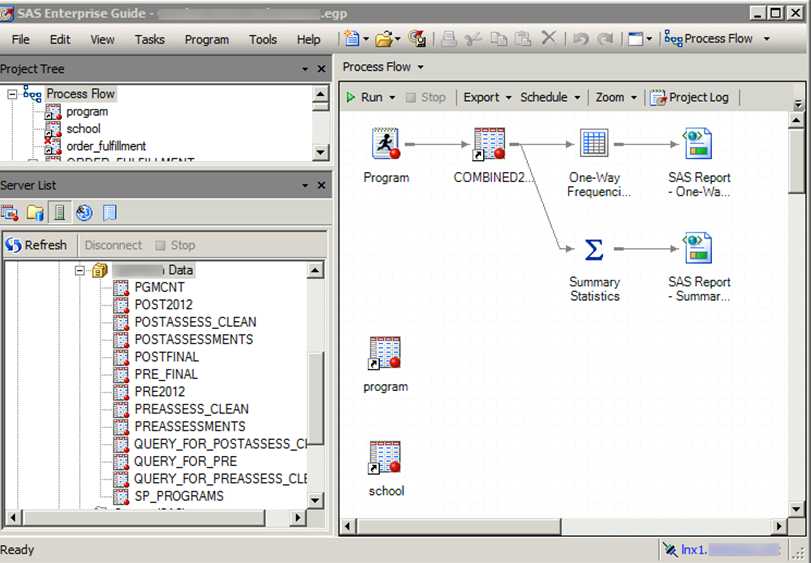
Last time we discussed the fundamentals of SAS data and how we reference that data in SAS Foundation. Now, we will turn our attention to how you access and protect data when you want to expose data through SAS clients versus the traditional LIBNAME method.
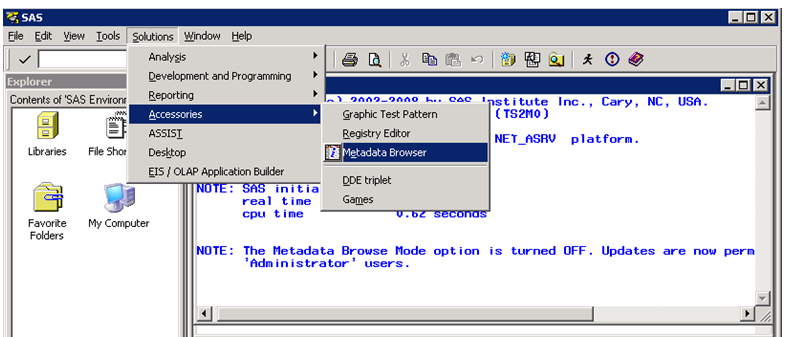
The SAS Metadata Server holds all of the metadata for a given SAS EBI installation. For most SAS administrators, the sole view into the Metadata Server is through SAS Management Console. This is a very limited perspective out of the box, as much of the metadata is not surfaced by
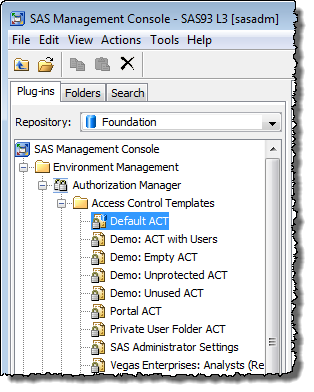
I think most people would agree that there's not much point in locking your front door if you're going to leave the keys in the lock. With a SAS platform metadata security implementation, it is just as important to ensure that the metadata access controls that you have carefully put
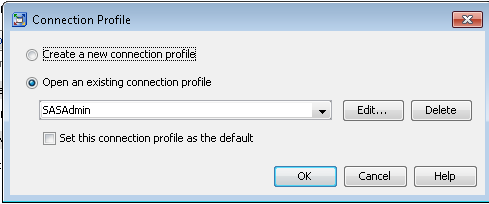
Happy New Year! If you have “adopting SAS metadata” as one of your New Year’s resolutions, I’m here to help you! In my last post in the metadata series, I shared with you all of the reasons why I love SAS metadata. I’d like to kick off 2013 with helping

When I started using SAS back in 1995, every SAS user was a SAS programmer. We wrote code, and we were proud of it! We accessed our data via the DATA step, PROC IMPORT and SAS access engine code. If you had asked me back then what metadata is, I’m
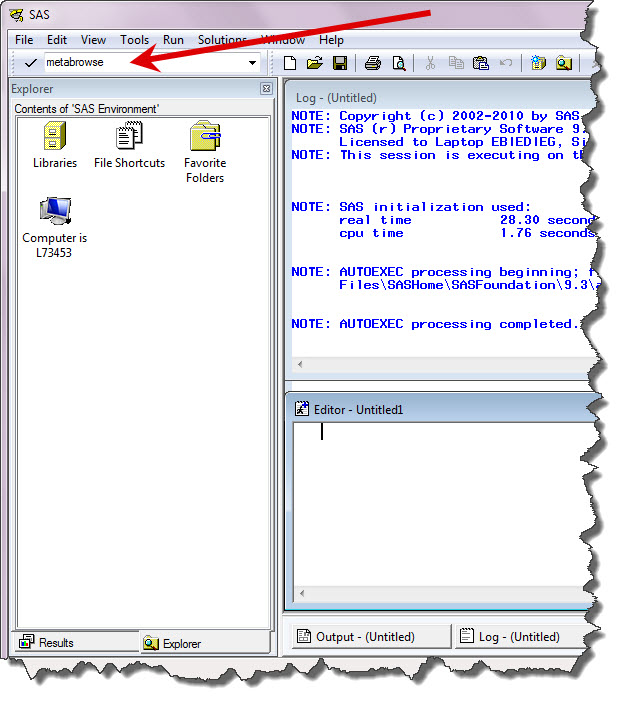
A common question really and one that I get after posting code like yesterday's All SAS Stored Process Locations Report. The neat trick is just to type METABROWSE in a BASE SAS command window. (There are two other commands: METACON and METAFIND. Has anyone got any tips on when those

Metadata is data about data. For the purposes of his NESUG 2011 presentation, Frank DiIorio defined metadata more precisely as data about data and data that describes workflow objects and processes. DiIorio wrote his paper because organizations are challenged more and more today to do more with less. Metadata can
The SAS 9.2 XML engine is very very very slick. I created an xml map to generate a dataset from xml generated during a metadata getobjects job to then run call execute statements for a proc metalib update. "Wait, you did what??!@#?&" you ask? Here are my simple steps. This
In hopes of adding to your SAS Global Forum experience, we've kicked off a SAS presenters series. Here, we’ve asked some of the SAS presenters five questions to learn more about what makes them tick, why they chose to present and what they hoped you would take away from the












